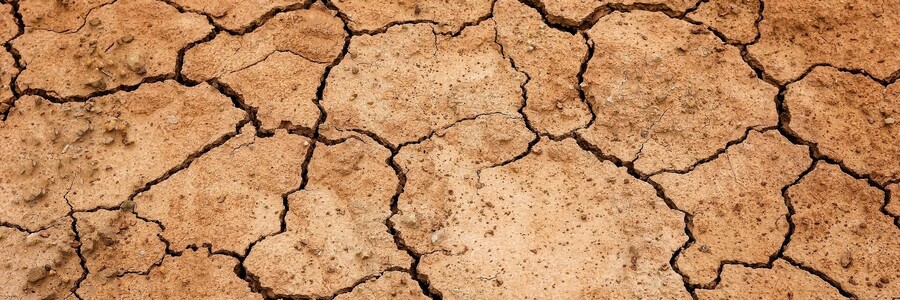Extreme weather events of such extent can significantly harm food production and thus make prices soar. In recent years, major food price spikes were associated with social unrest.
In a new study published in Nature Climate Change, Earth Institute and Lamont scientist Kai Kornhuber, Lamont’s Radley Horton, and colleagues show how specific wave patterns in the Jetstream strongly increase the chance of co-occurring heatwaves in major food producing regions of Northern America, Western Europe and Asia. Their research finds that these simultaneous heatwaves can significantly reduce crop production across those regions, creating the risk of multiple harvest failures and other far-reaching societal consequences.
"A twenty-fold increase"
“We found an underexplored vulnerability in the food system: when these global scale wind patterns are in place, we see a twenty-fold increase in the risk of simultaneous heatwaves in major crop producing regions,” said Kornhuber, who is also a guest scientist at the Potsdam Institute for Climate Impact Research (PIK). “During these events there actually is a global structure in the otherwise quite chaotic circulation.”
Western North America, Western Europe and the Caspian Sea region are particularly susceptible to these atmospheric patterns that get heat and drought locked into one place simultaneously where they then affect crops production yields. “What makes this particularly relevant: the bell can ring in multiple regions at once and the impacts of those specific interconnections were not quantified previously,” Kornhuber adds.
“Normally low harvests in one region are expected to be balanced out by good harvests elsewhere. But these waves can cause reduced harvests in several important breadbaskets simultaneously, creating risks for global food production,” said co-author Dim Coumou from the Institute for Environmental Studies at VU Amsterdam and PIK.
Even regions that are not directly affected "may see price spikes"
“We will see more and more heatwaves striking different areas at the same time, and they will become even more severe,” adds Jonathan Donges, co-author from PIK. “This can impact food availability not only in the regions directly affected. Even remoter regions may see scarcities and price spikes as a result.”
“During years in which two or more summer weeks featured the amplified wave pattern, cereal crop production was reduced by more than 10% in individual regions, and by 4% when averaged across all crop regions affected by the pattern,” says Elisabeth Vogel, co-author from Melbourne University.
Horton notes that “if climate models are unable to reproduce these wave patterns, risk managers such as re-insurers and food security experts may face a blind spot when assessing how simultaneous heat waves, and their impacts could change in a warming climate.” More research is also needed on the vulnerability of global crop production and international agricultural trade to simultaneous extreme events in major production regions.
Kornhuber summarizes that a thorough understanding of what drives this jet stream behavior could ultimately improve seasonal predictions of agricultural production at the global scale and inform risk assessments of harvest failures across multiple breadbasket regions.
The article can be found here
The study can be found here

